|
I recently saw a Plants & Flowers of Maine Facebook post that asked about fall cleanup which had a variety of ideas about what to do. Some folks were adamant about doing it their way, but I feel there's no strictly right way to do it. If you have plenty of time available in the spring, you can wait till then. I would probably advise cutting back any foliage on plants that are diseased however, (discard them in the trash) and if you have a mouse or vole problem as I do, removing the seasons foliage keeps mice from building nests in it, and seems to make voles apprehensive about exposing themselves in the open garden.
I have so much to do in the spring, what with digging and potting over 10,000 plants, replanting, etc.,etc., that I have to do a total cleanup in the fall. I like to wait until we have a frost or two, and the foliage on most plants has turned yellow or brown- this fall with our extremely warm weather and no frosts as of October 11 (never seen that happen), I'm having to cut stuff back while still green. I start with Hostas and Daylilies, as their foliage gets soft and hard to cut as the season progresses. Then I go to plants that are showing the least amount of green, and go on from there. Everything goes into the compost pile- if you can make it big enough, it will soon become active and hot- just what you want. Some folks on that P&F of Maine Facebook page suggested leaving everything for helpful insects, pollinators and birds, and I commend them for their beliefs. I've been an insect, pollinator, bird and other creatures aficionado for over 60 years. I have been cutting back foliage from my gardens since I've been in business- 35 years, and I have more different pollinators than ever- many species of flies, bees, wasps, hornets, butterflies, moths, beetles and true bugs. (I grow over 300 varieties of perennials, perhaps that's why so many pollinators.) Native beneficial insects are plentiful- ladybugs, lacewings, mantids, dragonflies, yellow jackets, ground beetles and more. I also have very few plant pests, Heliopsis and Asclepias aphids the worst. I also have a pretty decent variety of birds that live and work in and around my gardens. I like to leave seeded perennials as long as possible, but I'm fortunate to have fields and woods surrounding my place for birds and other creatures to find food.
0 Comments
I remember a big, dead, fallen White Ash tree in my families' woods when I was a kid. I would climb onto the prostrate trunk and walk along it, 3 or 4 feet off the ground- it was that big. Now, 50 or so years later, it is just a slight, short rise in the ground, having completely turned back into soil by Mother Nature. It's covered with moss and ferns, with young trees and shrubs growing out of it.
Brush piles that I made years ago from branches of hardwood trees harvested for firewood, and softwood trees for lumber have long since disappeared. That's composting on a long, slow timeframe. I've read a lot of articles in the past on how one needs to create compost piles using a strict 70 to 30 or some other ratio of dry, brown, carbonaceous ingredients to green, wet, nitrogenous materials. That's all well and good, but it doesn't need to be so regimented, and I think it might have steered people away from doing it, making it sound so technical. Put whatever you have on hand and mix it up. Make it as big as you want. Turn it every few weeks. Cover it with a tarp when it rains too much (THIS SUMMER). Water it if we're in a drought (THIS SPRING). Stick a dung fork in it, wait a few minutes and take it out. Grab the tines- they're probably hot. Continuously add to it as material becomes available. Grass clippings, hay, straw, weeds (best before they go to seed), potato peels, wood chips, egg shells, tea bags, left overs, chicken bones, apple cores, small branches and sticks, barnyard manures, wood ashes, dead chipmunks, some lime, old compost, soil, and everything from the vegetable and flower gardens at the end of the growing season. Autumn leaves are a great addition, but they need to be mixed in thoroughly with other ingredients, so that they don't mat down and exclude oxygen. I pile my leaves separately and add them to my compost pile gradually after 6 months or so, when they've broken down a bit already. Billions off aerobic and anaerobic bacteria, fungi, yeasts, millipedes, sow bugs, beetles and earthworms- these and countless others are all working (and adding their waste and bodies) to make compost. Let it happen. It's all I fertilize my gardens with- nothing else. April-May-June- Driest 3 spring months I can remember. July- about a foot of rain. Water table as high as it gets. Trees, shrubs, established perennials growing great, some seedlings struggling.
Terrible rust on Hollyhocks- not sure I want to keep growing these. Some Salvia, Sedum, Lychnis suffering from rain, humidity. Two broods of Song Sparrows, one nesting on the ground in Creeping Phlox, one two feet up in clump of Daylilies. Both groups of youngsters left the nest before they could fly, they could run like hell though, and hide themselves in my garden. Three female Hummingbirds (or an immature male?) constantly patrolling the gardens, enjoying Bee Balm, Cardinal Flowers, and now the native Touch-Me-Nots. Ironweed blooming early? Mice, vole, mole and chipmunk numbers continue. I need a den of large Eastern King Snakes. Late summer small MOSQUITOS are relentless for 2 weeks now. These kind don't fool around. They don't waste time buzzing around, they attack instantly, zeroing in on my legs, despite my wife calling them chicken legs. I think the nicest surprise in my gardens this season so far is the butterfly Weed, Asclepias tuberosa. I've had a lot of trouble overwintering it in years past, especially after open wet winters. Come spring, the top or crown of the root will be soft and rotten, and the rot will extend down, essentially killing it. I plant it in well drained areas of my garden, which its recommended by most sources, but I still lose plants some years. It goes on and off of my plant listings as I never know whether I or my customers can depend on it. This year it's making beautiful splashes of orange in my gardens, coming up on its own from dispersed seeds of parent plants, or from roots that barely produced a single stem last year. It's supposedly hardy throughout the eastern U.S. and Canada, though I've never seen it in the wild. Although one of the common names is Butterfly Weed, its primary pollinators seem to be Bumble and Honey Bees. It is a joy for me to stop by anytime during the day and see and hear them covering it. As it is a seed grown plant, some variation is present in the flower color- I have 3 or 4 shades of orange in this years plants, all pleasing to my eye. Asclepias tuberosa is a host plant for the Monarch butterfly- that is- the caterpillar eats the leaves, though they seem to favor the other milkweed in my gardens, the swamp milkweed, Asclepias incarnata. Two years ago, when the Monarchs were incredibly plentiful. I had to remove over 150 caterpillars from both incarnata and tuberosa, and put them in a patch of the common field milkweed, A. syriaca, in a field across from my house, as they were skeletonizing my garden plants. Speaking of the swamp milkweed, this one overwinters easily in my gardens, even in wet soil, where it normally grows in the wild- in swamps, marshes, and along the edges of ponds and rivers. At 3 to 4 feet tall, A. incarnata, with its pink or white blossoms, doesn't flower as long as tuberosa, but its reliability makes it a more dependable garden choice. In addition to bees and occasional butterflies, a number of insects are attracted to its flowers, including other small bees, strange looking wasps, flies, ants, various true bugs, and beetles. An odd fact I find about it- the leaves of most milkweeds are said to contain a sap that is toxic, and yet a number of insects feed on its leaves- at least 2 species of caterpillars, 2 species of beetles, one true bug, and 1 specie of aphids. Tiger swallowtail on A. tuberosa This one needs no introduction, does it? Two beetles and a honeybee on a white Asclepias incarnata. Great Golden digger wasp on A. incarnata, This photo happens to be the cover photo of my book 'Secret Gardens in the Maine Woods'.
A number of people have asked me how I operate my business- do I grow everything from seeds, do I "just split plants up", or do I buy plants to resell. More than a few people have suggested that I must have the summer off after I sell out of my spring inventory. These and other inquiries prompted me to begin this blog, My first entry will be to address these questions. It's a little boring for some (maybe it all will be), but later I'll discuss specific plants, animals, and everything else that goes with organic perennial growing on my scale, and the best job I ever had.
Last season at the start of the Covid year, I opened on May 1, not knowing what would happen. I sold out of every plant I had dug and potted in 17 days, a record by far at the time. This year, the mask mandate was dropped the last week of April, I opened again on May 1, and I sold out in 8 days. The first two days were so busy that if Abe Lincoln had shown up, I wouldn't have noticed him. I'm thinking of making a few changes for next year... I had big checks from landscapers whom I've never even heard of, while some of my long time customers with arthritis and rebuilt knees and hips couldn't find a close place to park. I'll touch on that subject in later posts. As soon as the last pot is sold, I start work on the gardens. I have about an acre under organic cultivation; it's about 150 beds each 3 feet wide by 15 to 35 feet long. In any bed that is empty, I clear out the weeds and add about an inch of my own compost over the entire bed, working it in only about an inch or two. (I make and spread around 40 yards of compost every year.) While doing this for the next month, I begin the propagation processes. I start by dividing those perennials that need to be done soon- tall phlox, rudbeckia, etc., anything that is growing fast early. I divide anywhere up to 150 different species and varieties, depending on their needs and mine. Of course, anything divided needs to be watered, depending on the year and plant, watered often. This year has kept me busy- the driest April, May and June I can recall. In the meantime, I'm on the lookout for tiny seedlings that have sprouted around established plants, I have about 50 different species that do just that, and I transplant these various tiny plants as soon as they have their first true leaves into the newly prepared, composted beds.These in particular need to be kept watered. A day and a half in the hot sun without water and they are dead. I also receive plugs in May which I ordered the year before. These are small, roughly 1 inch plants in trays of 72's, plants which cannot be grown from seed (Perovskia), have plant patents (Geranium "Roxanne"), and/or don't divide easily (Achillea "Moonshine"). I set out about 20 varieties each year. Each plant has to be popped out of its tray, have its roots cut a bit to allow for expanding, and set out into prepared beds. Watering is again, very necessary to get those small plugs established. I also save seeds from about 50 species and varieties. I do this during spring, summer and fall as each plant ripens its seeds. I dry them in the house and place them in individually marked plastic baggies into the refrigerator. Some seeds (Echinacea) can be planted just as they are when the weather warms the next May. I plant these in short rows and transplant them into prepared beds as soon as they are big enough. Other seeds (Hellebore) need to be stratified. They must go through a warm, moist period, then a cold, moist period, and then they will sprout when they are warmed again. I do this by placing some moist, sterile growing medium in each seed baggie that requires stratification. I keep these at air room temperature for a month, then put them in the refrigerator for a month, then plant them in short rows in the garden in May. It's sort of like mimicking the seasons. Once these seeds sprout and grow big enough, I transplant them. Watering- critical. I also have about 10 species of perennials that self sow vigorously and take care of themselves- forget me nots, foxglove, etc. There are usually so many off these around the gardens that I'm able to dig and sell enough that they don't need their own beds. I look at each plant I grow with an eye to this year, next year and so on. Do I have enough Monarda (Bee Balm) so that I have plenty to sell this year, and enough left to divide so that I will also have enough for next year and the next... If I run low on stock, and have to buy mature plants, even wholesale, my profit is negligible, especially at the price I sell plants for, so I try not to let that happen. Once I have all plants divided, seeded and planted, I have the rest of the year to water, make compost, collect seeds, observe, learn, keep an eye out for problems, and weed. I enjoy weeding, and that's fortunate, because weeding is one of my major job descriptions. Some beds get weeded 20 or so times per tear, No, I don't have the summer off. |
AuthorKenneth Rice, owner Log Cabin Perennials Archives
October 2021
Categories |
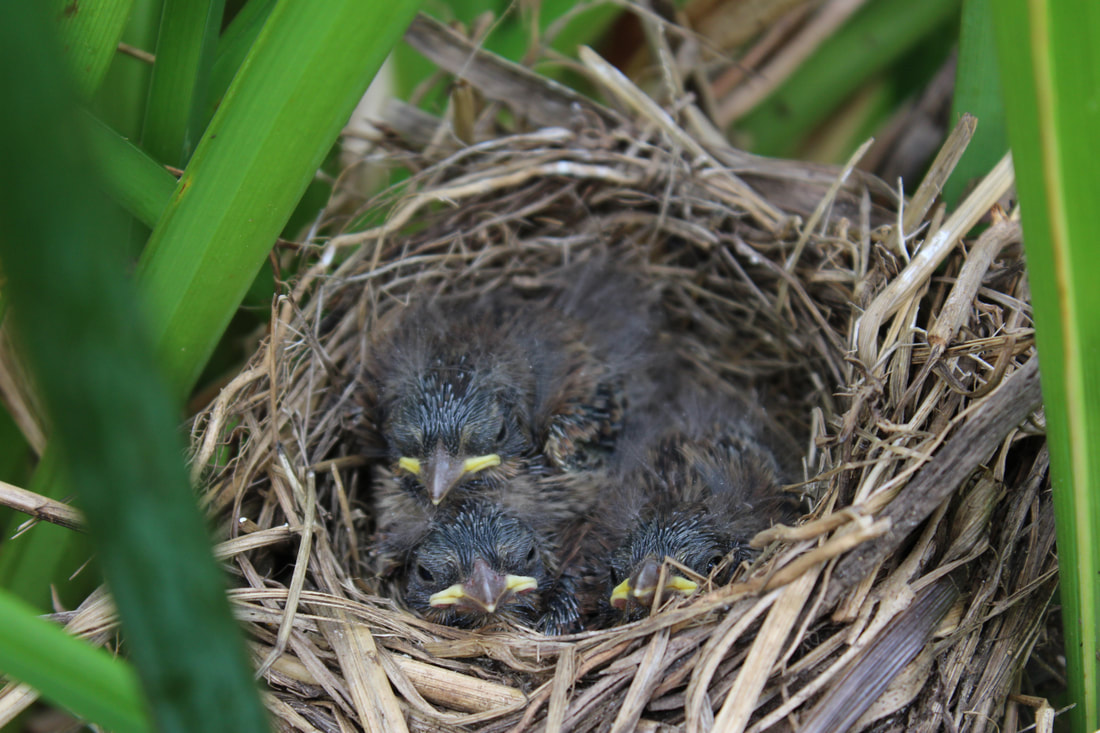
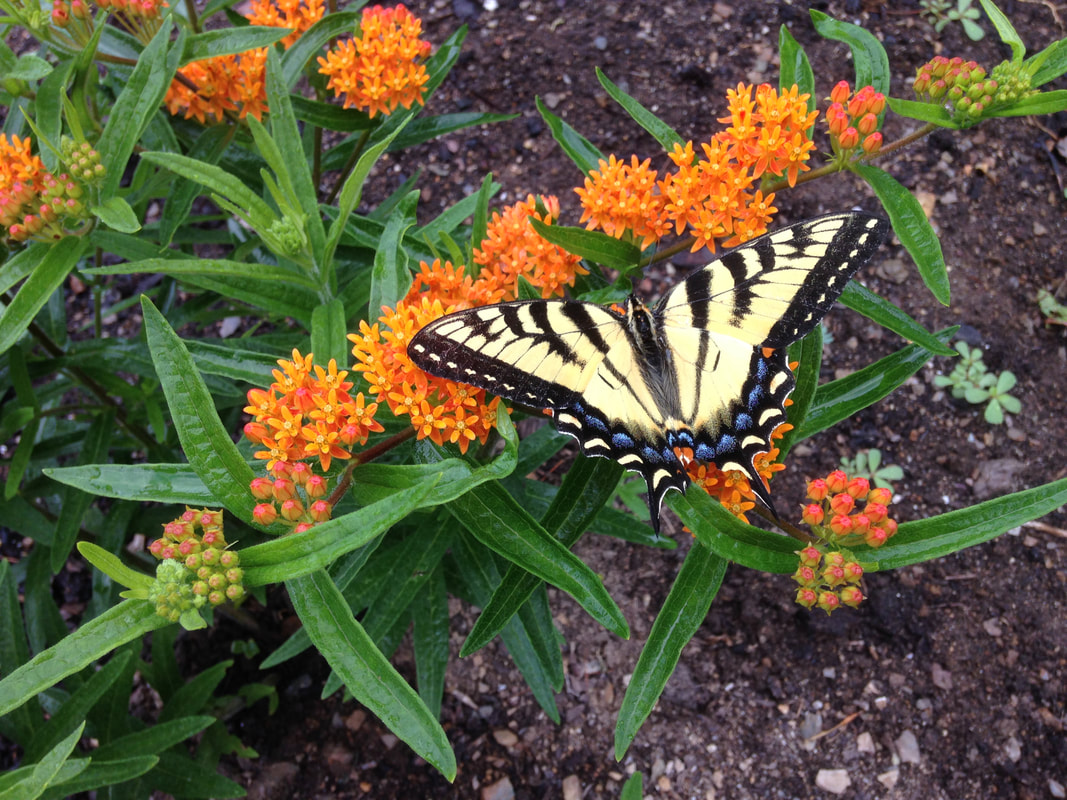
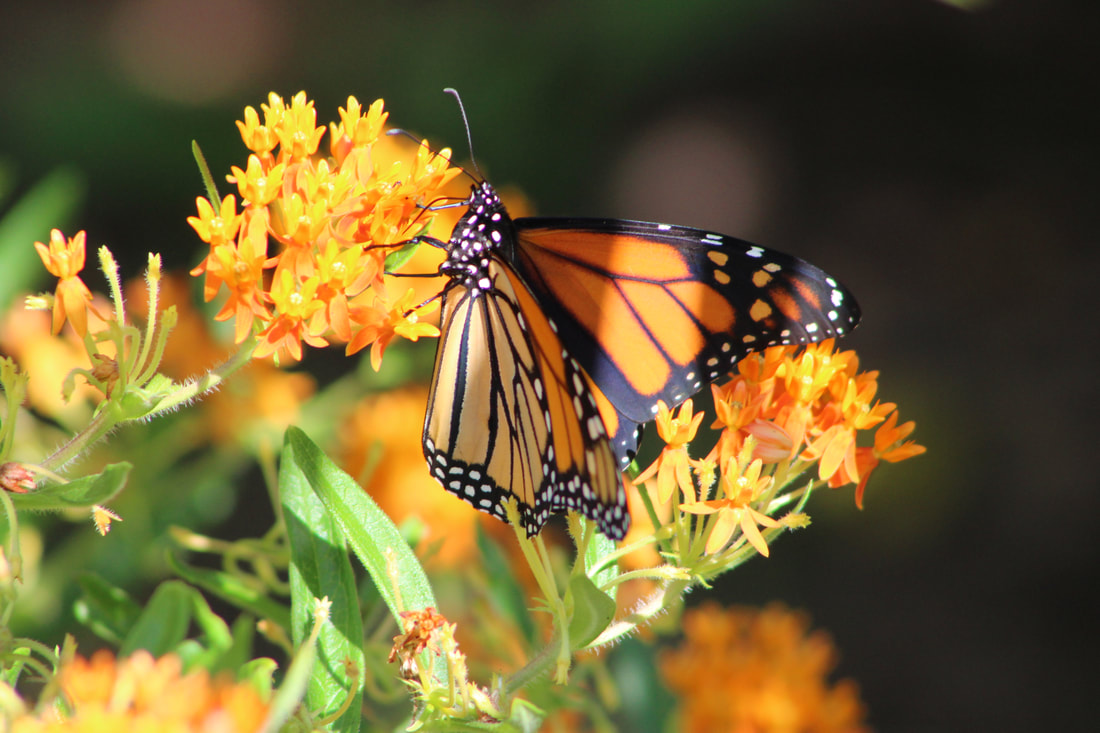
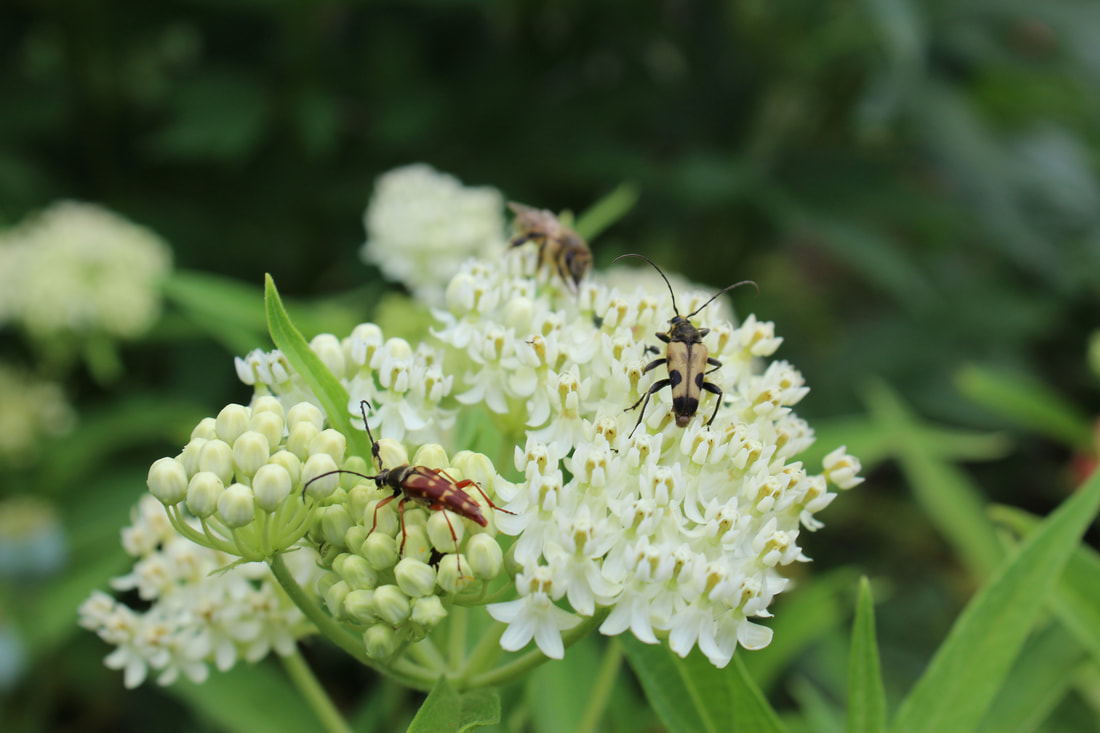
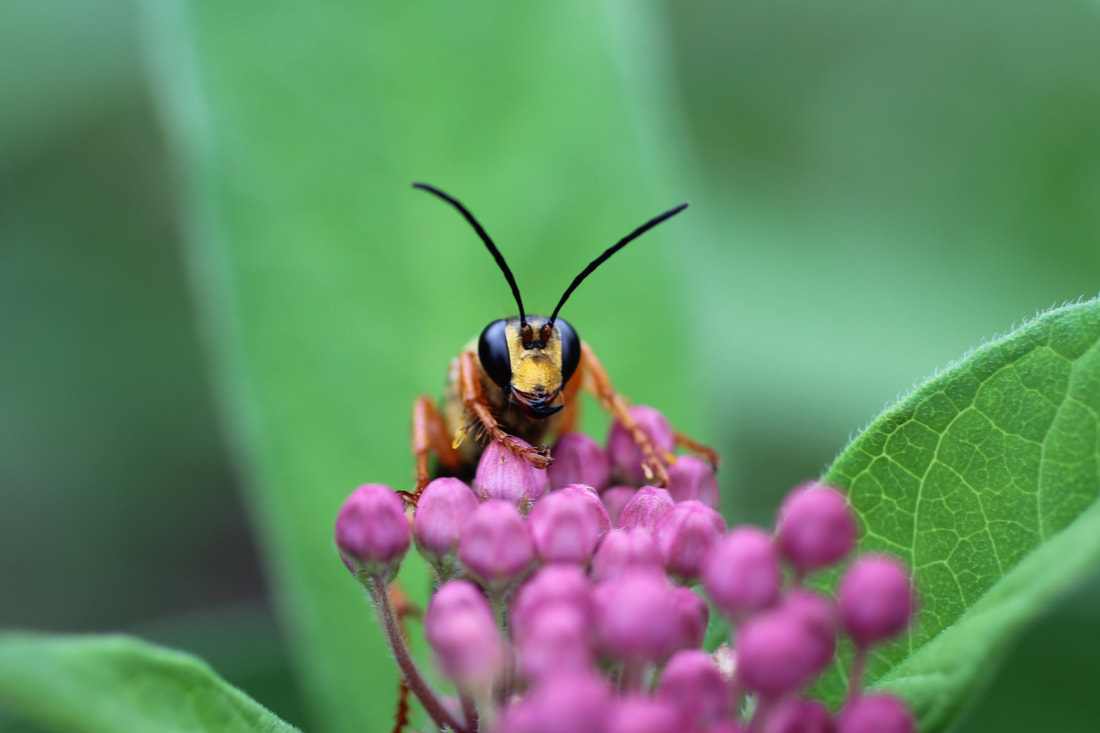
 RSS Feed
RSS Feed